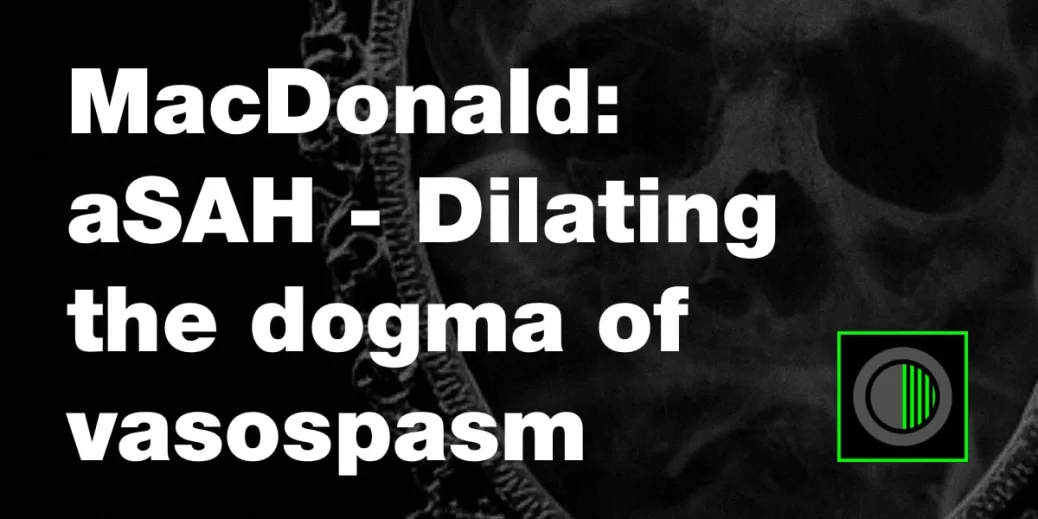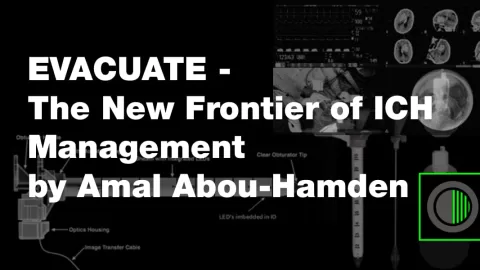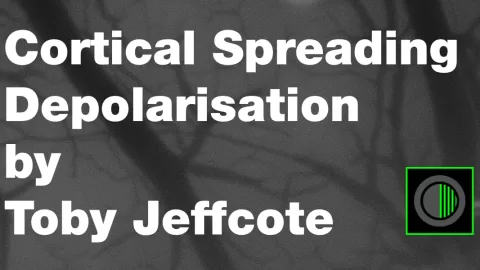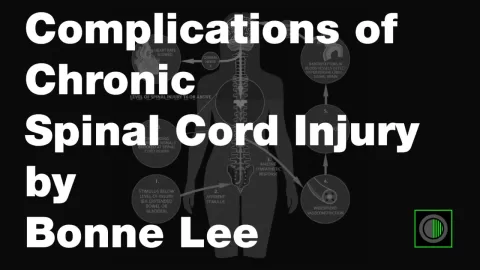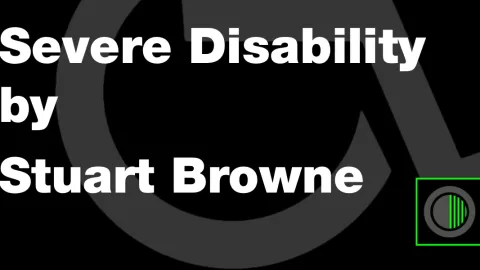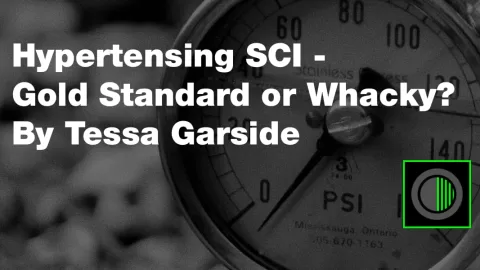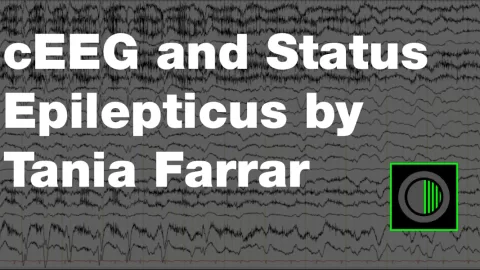Angiographic vasospasm and more accurately, delayed cerebral ischemia, continue to contribute to morbidity and mortality in patients with aneurysmal subarachnoid hemorrhage (SAH). It is known that angiographic vasospasm is common after SAH, occurring in two-thirds of patients. Cerebral infarctions that developed days after the SAH have been attributed to angiographic vasospasm, occuring in about a third of patients, although this has always been controversial. Angiographic vasospasm theoretically can only damage the brain by restricting blood flow but there is no easy, accurate, widely available method to measure cerebral blood flow and this is not the measurement we need. Blood flow depends on metabolic demand so what we need to know to determine if angiographic vasospasm is causing ischemia is oxygen extraction fraction in the brain tissue supplied the the spastic artery. Without this measurement, the attribution of ischemia to vasospasm is subjective. Since angiographic vasospasm is essentially the only detectable delayed phenomenon after SAH, we focus on it and apply tremendous resources to preventing or reversing the vasospasm. Undoubtedly angiographic vasospasm can cause cerebral infarctions, but it has to be severe and flow limiting. But SAH is a complex disease. There are many other causes for cerebral infarctions after SAH, the most common being due to the aneurysm repair procedure. And a given degree of vasospasm may cause infarction in a volume-depleted patient with poor collateral blood supply but not in a patient without these things. There also are hypodense brain lesions after SAH that are due to intracerebral hemorrhages. There can be hypodensities in the brain directly under usually thick SAH where the brain dies. This observation in particular supports a role for cortical spreading depolarizations/ischemia as a cause of infarction after SAH. Other macromolecular processes that are hypothesized to cause brain damage after SAH include microthromboembolism, changes in the microcirculation, delayed brain cell apoptosis and capillary transit time heterogeneity. Determining the importance of these things is hindered by the lack of an easy way to detect them in patients. It is also known that poor grade patients, who presumably have more early brain injury and ischemia than good grade patients, are more prone to delayed cerebral ischemia, suggesting increased sensitivity to secondary insults of the already injured brain. We also assume delayed neurological deterioration when attributed to vasospasm or delayed cerebral ischemia, is purely due to ischemia. While knowledge about what happens pathophysiologically after SAH is increasing, management of delayed cerebral ischemia still focuses on detecting angiographic vasospasm and then augmenting the blood pressure to improve cerebral blood flow or dilating the spastic arteries with balloons or drugs. These maneuvers are probably efficacious in some patients but this has never been demonstrated in adequate, well-controlled clinical trials. Such trials need to be done. One of the challenges, however, is the adherence of practitioners to the dogma that angiographic vasospasm, often of an inconsequential severity, causes cerebral infarctions, and therefore must be treated. The side effects of induced hypertension and angioplasty are underestimated and the treatments are likely applied to patients who don’t have regions of brain with impaired oxygen delivery and therefore are unlikely to benefit. Not everyone is so enamoured with induced hypertension and angioplasty, however, so there is clinical equipoise for clinical trials. The author’s opinion is that we must randomize patients to the different treatments instead of the patient getting one treatment at one hospital and another at another hospital based on anecdotal experience and what doctors think “works”. Knowing what “works” by observing day to day practice can occur but in a complex disease like SAH with doctors who don’t even necessarily see the patients months after the SAH, this is impossible. We are basically experimenting on patients now, applying unproven, potentially dangerous treatments in a haphazard fashion depending on vague parameters with no prospect of figuring out if they actually work.
References
Origins of the Concept of Vasospasm
This podcast was recorded at the Brain Symposium which took place in March 2023.

